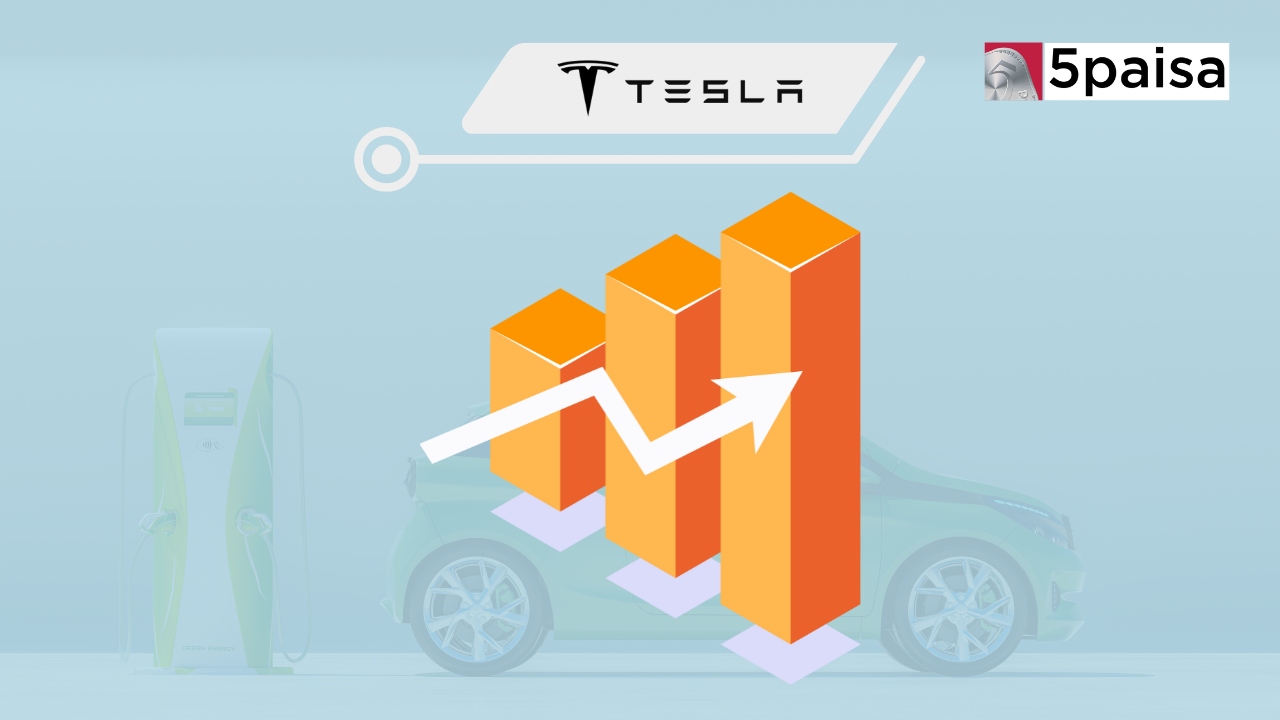Morgan Stanley bets on India as Economy No.3 by 2027

Last Updated: 11th December 2022 - 06:08 pm
Today, India ranks as the fifth largest economy in the world behind the US, China, Japan and Germany in that order. It is still open to debate as to whether Indian economy has a higher GDP compared to UK and France or whether it lags behind. Either ways, that debate is likely to be laid to rest in the next few quarters. The big question is how soon can India overtake Germany and Japan in the global GDP sweepstakes.
Obviously, China and US are far ahead but even beating Germany and Japan will not be easy. Now, Morgan Stanley sees India emerging as the third largest economy in the world based on GDP, by year 2027 itself.
In a rather interesting and incisive report, the research team of Morgan Stanley has projected that India’s GDP should double from the current $3.4 trillion to $8.5 trillion over the next ten years. That is assuming a real GDP growth rate of around 7% to 8% in the next 10 years on an average. That is not really hard to fathom with its growing export franchise and the advantage of a robust domestic market at its disposal.According to Morgan Stanley, some of the recent initiatives like Make in India and the Production Linked Incentives (PLI) scheme could be force multipliers of growth for the Indian economy.
However, the real thrust could come from the contribution to incremental GDP. Considering the total world GDP at $95 trillion and growing at around 2% per year, there would be an annual accretion of $1.90 trillion to the GDP each year. Morgan Stanley estimates that around $400 billion to $450 billion of GDP accretion each year will come from India alone. In short, India will contribute nearly 25% of the total annual GDP accretion of the world economy. That is what is likely to make India uniquely important in the coming years and provide a big boost to the ranking of the Indian economy in the global GDP rankings.
Morgan Stanley also estimates that the market capitalization of the Bombay Stock Exchange would also see an accretion from the current $3.4 trillion to $11 trillion by the year 2032. In other words, by the year 2032, we could see stock market wealth of nearly $7.5 trillion being created in the Indian stock exchanges, something unprecedented in the entirely 150 year history of Indian equities. However, it would also mean that the Buffet ratio or the ratio of market capitalization to GDP in the Indian markets will go well above the 100% mark and position among relatively overpriced stock markets in the world. That is some time away.
However, it is not going to be a cakewalk if India has to achieve these kind of lofty projections. The first thing is that it assumes a combination of favourable domestic and international factors will play out in India’s favour. Morgan Stanley has also noted that in the last few quarters, the Indian economy and Indian macroeconomic policy has made a genuine shift from redistribution to boosting investment and job creation. That, according to Morgan Stanley is likely to be value accretive for the Indian economy, since it is not just about the output, but also about the strong externalities of such an approach.
Morgan Stanley has pointed to several such initiatives that have been truly value accretive for the Indian economy. For instance, the introduction of the goods and services tax (GST) was instrumental in creating a unified domestic market with seamless movement. In addition, the measures like corporate tax cuts and production-linked schemes to incentivise investments have given a quantum boost to the Indian economy. According to Morgan Stanley, it is initiatives like these that truly create long term advantages for the Indian economy in terms of growth traction as well as in terms of achieving investment potential.
Morgan Stanley has drawn an interesting analogy of India with where China was positioned in the year 2007 i.e. a full 15 years ago. We all know about the kind of growth China achieved. At this base, it would take just 7 years for India to add $3 trillion to its GDP, so one can just extrapolate what the cumulative impact would be. Of course, there is the unmistakable issue of demographic dividends for India, with its median age 11 years younger than China’s. That gives India a much longer runway. In the next 10 years, according to Morgan Stanley, India will average real GDP growth of 6.5% while China would just about manage 3.6%. That would rewind a lot of the story of last 15 years.
- Flat ₹20 Brokerage
- Next-gen Trading
- Advance Charting
- Actionable Ideas
Trending on 5paisa
06
 Tanushree Jaiswal
Tanushree Jaiswal
Global Market Related Articles
Disclaimer: Investment in securities market are subject to market risks, read all the related documents carefully before investing. For detailed disclaimer please Click here.
 5paisa Research Team
5paisa Research Team




